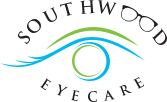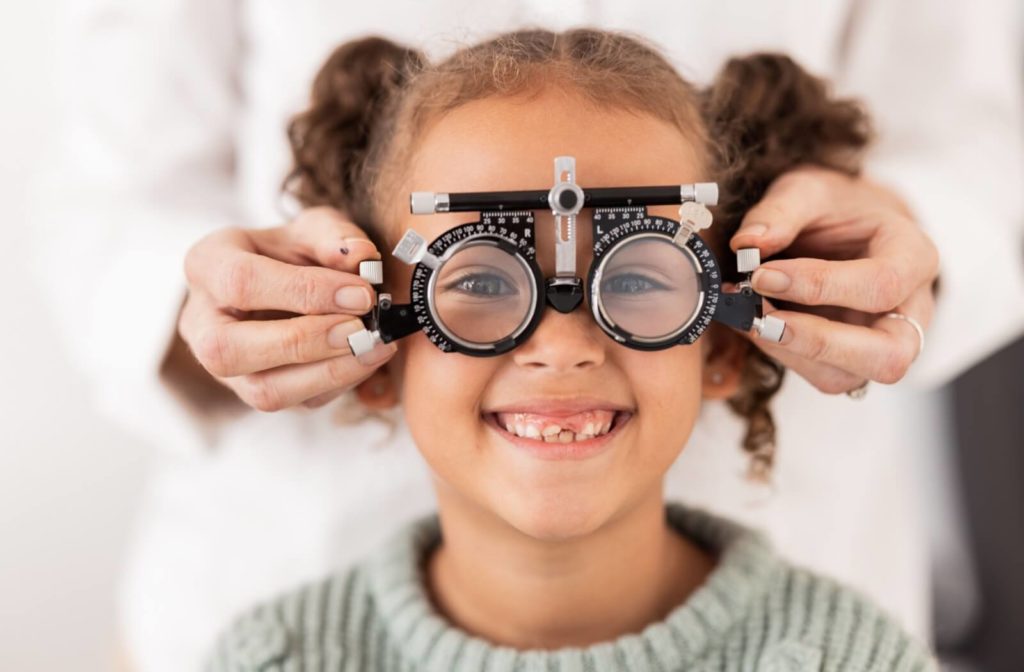In the flurry of raising children, their health often takes center stage. But when it comes to thinking about health check-ups, good vision can be taken for granted and eye exams might not be front of mind.
Yet, a comprehensive eye exam can be important for a child, as it may uncover early signs of conditions such as myopia that might need to be addressed. In the spirit of giving parents one less thing to worry about, children’s eye exams are free in Alberta, making it easier for parents to stay on top of their child’s eye health without fretting about the cost.
What Exactly Is Covered for Children’s Eyes Under AHCIP?
The Alberta Health Care Insurance Plan (AHCIP) is a government-funded program that covers a range of health services for residents of Alberta. This includes various medical, dental, podiatry, and optometry care, though the scope of coverage for many of these services varies. In order to receive coverage, you must be registered with the AHCIP using your personal health care card.
Per benefit year (July 1 to June 30), children 18 years old and under are eligible for:
- One Complete Eye Exam: A comprehensive assessment of your child’s complete vision and eye health. This involves checking for refractive errors (like nearsightedness or farsightedness), eye alignment, and general eye health. If the optometrist detects any issues, they can recommend further treatment or corrective measures such as glasses or eye exercises
- One Partial Exam: Focuses on a specific aspect of vision, generally related to something discovered during a comprehensive exam, but can also be used to address specific eye concerns or issues
- One Diagnostic Procedure: a specific exam done, based on the signs and symptoms, to to determine whether someone has a specific condition (and then plan treatment)
AHCIP also offers full coverage for some specific medical conditions that are treated by optometrists. If your child is diagnosed with one of these conditions, talk to your optometrist or reach out to AHCIP for more information.
How Often Should Children Get Eye Exams?
The Canadian Association of Optometrists (CAO) suggests that children have comprehensive exams:
- Once between 6-9 months old
- One between the ages of 2-5
- Annually between 6-18
This means that your child qualifies for fifteen free comprehensive eye exams from the time they’re born until they turn 19. This results in substantial savings over their childhood while ensuring their eye health is looked after.
However, if you know that your child has specific risk factors (such as if diabetes runs in the family), they may need extra care for their vision. Your optometrist can work with you to figure out a custom schedule that works with your child’s needs.
Signs Your Child May Need an Immediate Exam
While annual exams are standard, some signs might indicate the need for an immediate eye check (which can be fully covered under AHCIP as partial exams). These include squinting, frequent headaches, or difficulty reading. If you notice any of these behaviours, it’s a good idea to schedule an eye exam as soon as possible.
Why Are Regular Eye Exams Important?

Since children’s eyes develop so rapidly throughout childhood, regular exams are helpful for ensuring that your child’s eyes are developing properly. Many children won’t know to tell you if their vision isn’t working correctly—they may not even know what proper vision should look like! Any vision changes detected in a regular exam are likely to be caught early and managed appropriately.
Early Detection
While regular eye exams help mark developmental milestones and check for vision clarity, they’re also vital for assessing your child’s overall eye health. Early detection of vision problems is vital for preventing long-term issues that require an eye doctor’s help (like strabismus, amblyopia, and myopia).
Children are often unaware of their vision problems, which means regular eye exams give your eye doctor more chances to discover these problems early and address them quickly.
Catching vision problems early can be the first step to helping your child succeed in school, since more than 80% of childhood learning is visual. Ensuring that your child’s eyesight is in top shape supports their overall growth and development.
The Importance of Regular Eye Exams for Children
Vision plays a critical role in your child’s overall development. Children often don’t realize they have vision problems—they assume that everyone sees the way they do. This makes it all the more important for you, as a parent, to ensure your children receive regular eye exams.
Eye exams can identify conditions like myopia (nearsightedness), hyperopia (farsightedness), and astigmatism, which, if left untreated, can impact your child’s ability to focus, read, and learn effectively.
According to the Canadian Association of Optometrists, 25% of school-aged children have vision problems. Early detection often means better chances of treating vision issues successfully, thereby allowing children to have the best possible vision for their future.
Who Gets Free Eye Exams in Alberta?
When we say “free” eye exams, we mean that the costs are covered by the Alberta Health Care Insurance Plan (AHCIP), saving you from out-of-pocket expenses or insurance hassles. Alberta Health provides detailed guidelines on what’s covered, so it’s worth acquainting yourself with them to make the most of your benefits for long-term eye health.
Here’s how it works: AHCIP offers partial coverage for optometry, with a yearly cap on benefits. If your expenses exceed this limit, you’ll need to handle the extra costs out-of-pocket or through secondary insurance.
However, all children 18 and under are eligible in Alberta for 1 comprehensive eye exam, 1 partial exam, and 1 diagnostic procedure in every benefit year. A benefit year runs from July 1 to June 30th. Note that the same coverage is provided to seniors over 65.
If you don’t fall into either of these groups, AHCIP may still cover your exams if they’re deemed medically necessary due to trauma, a medical condition (such as diabetes), or illness. If you’re unsure, contact your optometrist to learn if your condition falls under these guidelines.
What to Expect at an Eye Exam
Every child has their first visit to the optometrist, and it can be as daunting for you as it is for them! Knowing what to expect can help ease any apprehension.
A comprehensive children’s eye exam typically includes:
- Review of medical history: The optometrist will ask about your child’s medical history, any family history of eye problems, and any issues your child may be experiencing.
- Visual acuity test: This checks how well your child can see at various distances.
- Refraction test: This determines the prescription for glasses or contact lenses, if needed.
- Eye alignment and movement tests: These tests assess how well your child’s eyes work together.
- Eye health evaluation: Eye exams aren’t just about glasses! Your optometrist will examine the health of your child’s eyes, both inside and out, to look for any signs of disease or other issues.
Most importantly, these exams are designed to be kid-friendly. Optometrists use engaging techniques to make the process enjoyable so you and your children can leave feeling positive about their eye health.
What’s Included in a Child’s Comprehensive Eye Exam?
If it’s your first time taking your child to the optometrist, welcome! First eye exams are often the most complicated because they can include taking individual and family medical history, which is why it can be beneficial to find a caring team to stick with.
Before the exam, your eye doctor will ask your child (if they’re old enough) a few simple questions to find out how they use their eyes during everyday activities. Then, a few non-invasive tests are run to measure their:
- Visual acuity
- Binocular vision
- Refraction
Additionally, a check-up is done on the general health of your child’s eyes to check for signs of eye disease or vision problems. If any concerns are apparent, you will be made aware right away. Then you’ll have the opportunity to ask any questions you may have.Southwood Eyecare is dedicated to complete eye care from start to finish. We offer eye exams for the whole family to promote your understanding of your and your child’s current and long-term eye health and vision needs. Call us today to book an appointment and take advantage of the coverage your child has under AHCIP.




